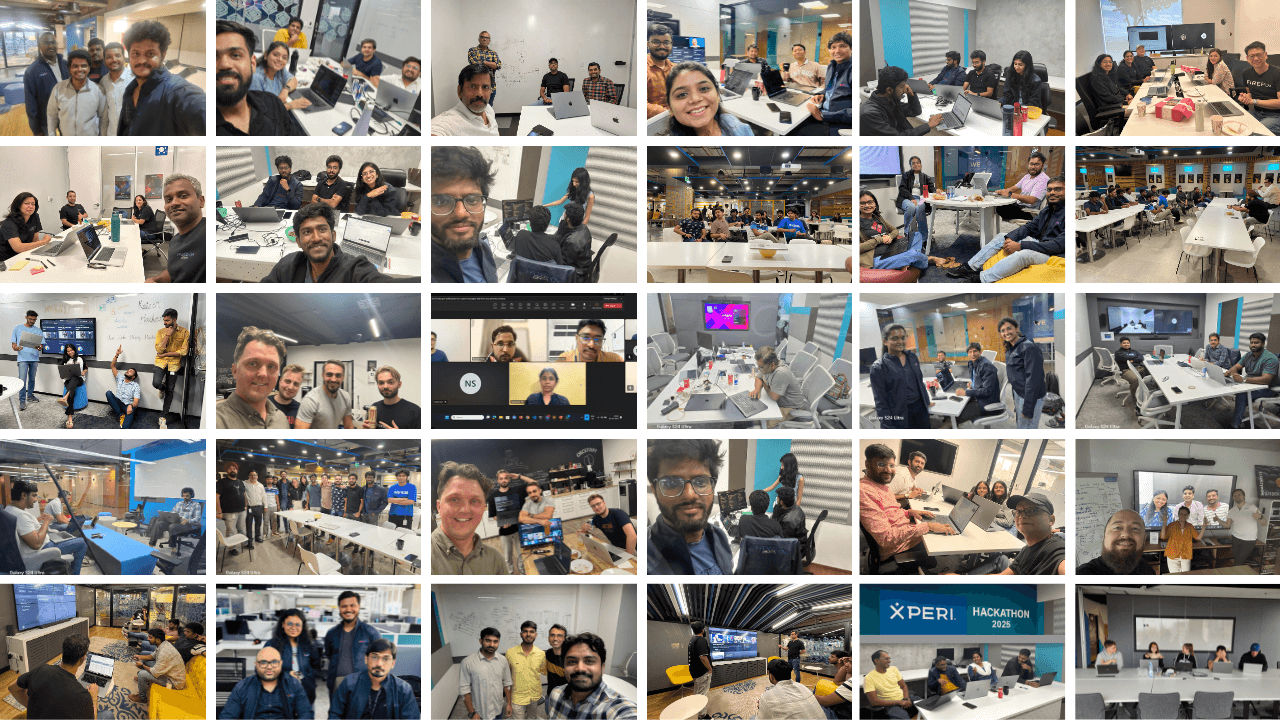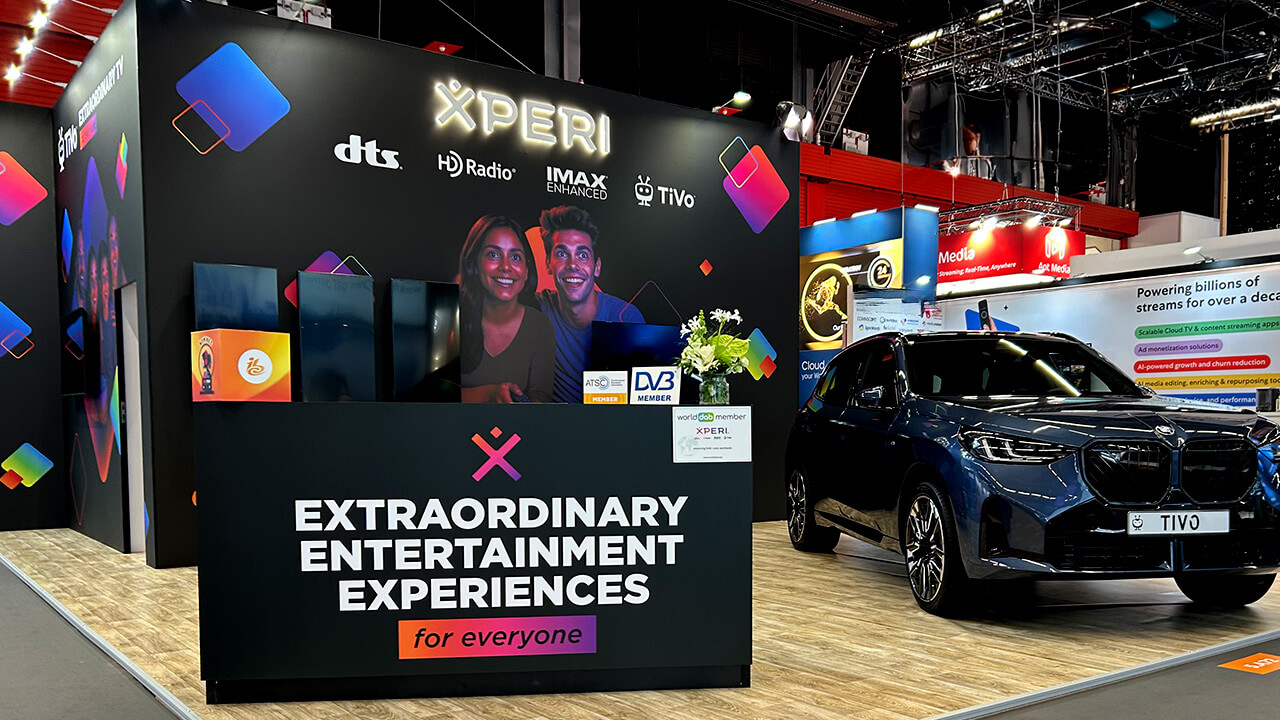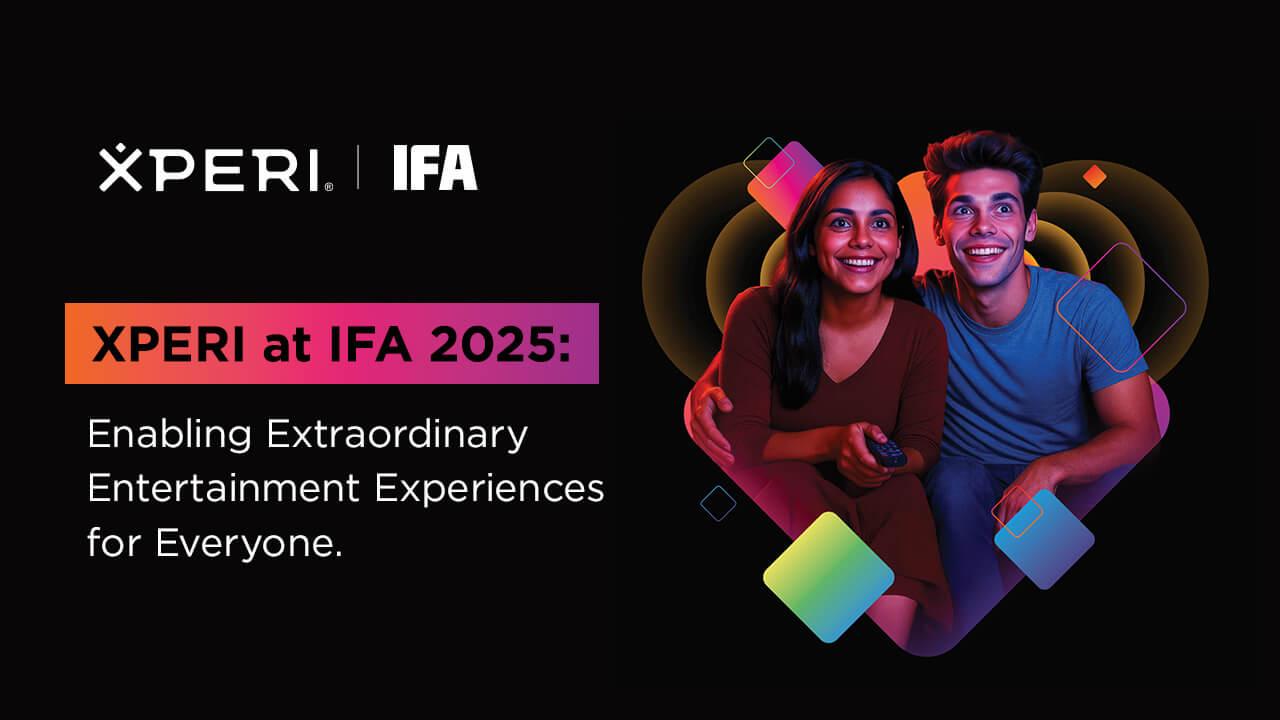According to TiVo’s latest smart TV research, around eight out of 10 (82%) U.K. households watch TV together at least a few times a week. Even as the way people access content evolves, the tradition of gathering around the TV remains deeply ingrained — and public service broadcasters also still have a role here, with the research showing that 24% of U.K. viewers still prefer to tune into public service broadcasters.
But the rules of engagement are changing. The proliferation of streaming services, domination of smart TVs, and the rise of independent media platforms are fundamentally reshaping how content is consumed.
And it’s changing the entire business of TV.
Until now, a handful of dominant players have controlled the discovery and monetisation of TV content. Those with the deepest pockets — broadcasters, cable networks and, more recently, tech giants like Google and Amazon — decided what audiences watched, how content was distributed, and how money was generated. If your content wasn’t in their ecosystem, did it even exist?
But now the landscape is changing, and this outdated power structure is rapidly deteriorating. The increasing number of streaming services and breadth of content is ushering in a new era of gatekeepers — ones that consider the interests of the many, not the few.
Who are these new content gatekeepers?
New smart TV operating system (OS) players are emerging as the content gatekeepers of content discovery and monetisation. And it’s a shift in control that’s reshaping the streaming industry — impacting visibility, engagement and monetisation strategies.
These new gatekeepers are determining which services and content get prime placement through home screen recommendations, universal search and integrated advertising. And with a third (32%) of U.K. viewers already beginning their TV sessions by browsing their smart TV’s home screen, it’s an obvious role for smart TV OS players to take on.
But it’s crucial to remember there are different breeds of OS. First, you’ve got those owned by corporations that also happen to produce content — the likes of Roku OS and Android TV (Google). So, it’s easy for other content that’s not created in-house to get lost in a sea of biased recommendations.
Retailers, too, are expanding their influence into TV content. Amazon’s Fire TV and Walmart’s acquisition of Vizio both signal a shift toward retailer-backed ecosystems, where content discovery is embedded within commerce-driven platforms. Unlike traditional gatekeepers, these companies own both the audience relationship and the advertising pipeline, giving them unprecedented influence over which content is surfaced and how revenue is shared.
Independent media platforms have also emerged, and they bring perhaps the most exciting opportunity to transform discovery and personalisation.
These platforms offer an unbiased, personalised content discovery experience that mutually benefits consumers, TV OEMs, advertisers and content service providers (CSPs).
TV manufacturers and CSPs have more input to the branding and content discovery neutrality but also benefit from enriched metadata combinations and monetisation which is a welcome improvement in an industry that’s been under the spell of big players for so long.
How CSPs can thrive in the current TV landscape
With new gatekeepers controlling content discovery and monetisation, CSPs now need to rethink how they attract and retain audiences. It’s no longer enough to have a strong content library — success depends on making content easily discoverable.
One of the most effective ways to be competitive is by partnering with the independent, AI-powered media platforms to make sure content stands out to the right people. An estimated 44% of streaming users struggle to decide what to watch, and media platforms that leverage automatic content recognition (ACR) and AI-driven recommendations can help reduce decision fatigue, surface relevant content faster and increase viewer retention and engagement.
Monetisation models are also evolving. Connected TV (CTV) ad spend is rising rapidly, making first-party data more valuable than ever. With privacy regulations limiting third-party tracking, CSPs that have access to ACR-based audience insights can deliver personalised ads that build more sustainable revenue streams.
Meanwhile, subscription models are shifting. More than half of streaming users now prefer ad-supported content over adding another paid subscription. As a result, hybrid and AVOD models are gaining traction, allowing CSPs to reach broader audiences while reducing their reliance on subscription-only revenue.
The future of streaming is discovery and adaptability
Today, smart TV OS providers and retailer-backed services facilitate how audiences find, watch and enjoy content. And consumer behaviour is evolving alongside this shift.
Content discovery and the viewing experience now influence purchasing decisions just as much as the TV itself. Almost half (46%) of consumers will prioritise the platform a TV offers, compared to only 39% who focus on brand. And 40% of consumers would consider an unfamiliar TV brand if it offered an AVOD aggregator — highlighting the growing demand for seamless, free content discovery.
The future belongs to those who prioritise smart discovery, frictionless experiences and monetisation strategies that put the viewer first.
Want to stay ahead? Click here to discover how our independent media platform provides a user-centric, content-first experience for smart TVs.



